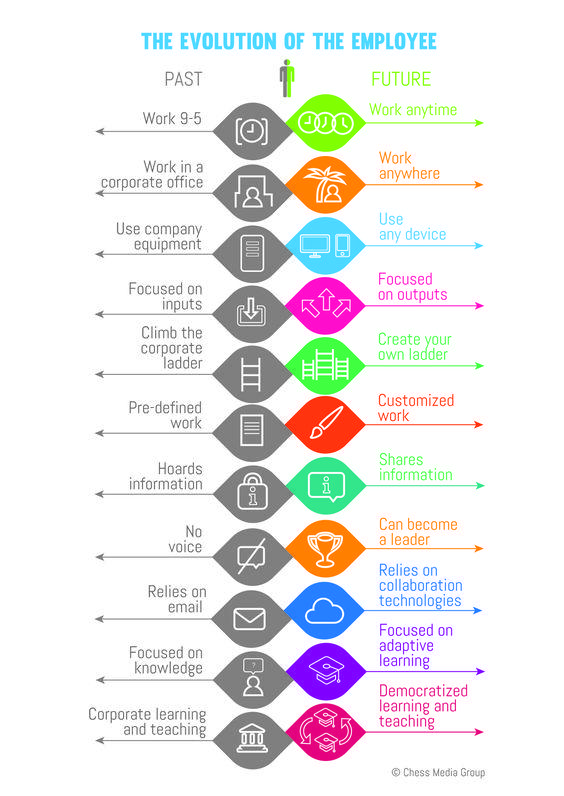
As per the World Bank doing business 2019 report ranks 190 countries based on how easy is to do business there, taking into account trading regulations, property rights, the availability of credit, contract enforcement, and many other factors.
#1 Rank- New Zealand
For the third year in a row, New Zealand has retained its position at the top of the ease of doing business, regulatory architecture, procedural ease, and absence of bureaucratic red tape. In fact, the government’s support for digitizing streamline compliance with the tax department has played an enormous role in spotting its position as no.1 in the world.
With this digital transformation initiative, the businesses can simplify all the tax-related works without any legal issues. Being a thousand miles away from major markets in the West, this remote country has reaped the benefits of global trade. Also, New Zealand has the lowest number of procedures for starting a business.
#2 Rank- Singapore
Singapore ranked second among the 190 countries in the World’s Bank doing business report ratings. Singapore’s rank remained unchanged from the year 2017. The reason behind this is the ease of doing business is the country’s location, its tax jurisdiction, pro-business attitude, flexible immigration policies, and the world’s best professional workforce, making prominent opportunities for access in the international market.
#3 Rank- Denmark
Out of 190 countries worldwide, Denmark is the third best country for doing business as per the world’s bank report. The country offers foreign investors a low corporate tax rate and several other incentives such as a special tax system for higher salaried expats and zero social contributions.
Regardless of its expensive dealing with construction permits, cost of obtaining a sewage and water connection and the cost of building permits, the country still ranks 1st overall in the construction process and for trading across borders.
#4 Rank- Hong Kong
Being the gateway to China, financial center, and the business hub of the country, Hong Kong presents a wealth of opportunities to the people in doing business. Hong Kong is cited as an ideal location for setting up foreign companies and access to a trustworthy economy, world-class infrastructure, tax-friendly jurisdiction, international market, and a productive legal system.
From the past ten years, Hong Kong is maintaining its position among the world’s top ranking economies in the report with its no bankruptcy protection law, and business premises. More importantly, several American and European companies are shifting their companies to Hong Kong.
The rationale behind this trend is because of its friendly tax policies, lower wage rates, and its flexible working environment. Consequently, Hong Kong’s rank has improved from 5 in 2017 to 4 in 2018. Ease of doing business in Hong Kong averaged 3.36 from 2008 until 2018, reaching an all-time high of 5 in 2014 and a record low of 2 in 2010.
#5 Rank- South Korea
South Korea ranks fifth for enforcing contracts, getting electricity and starting a business. The country has a corporate tax rate for suitable foreign entities and has even approved a 3 percent tax rise this year in order to pay for new public sector jobs and social welfare programmes.
#6 Rank- Georgia
Georgia ranks at the sixth position as per the business report for 2019. The country has continued to advance its spot in the rankings over the past three years by implementing substantive changes in the local regulatory framework. Protection for minority shareholders and insolvency proceedings were made more accessible to creditors and debtors. Even electricity was made affordable and tax compliance processes were simplified for their business entrepreneurs.
#7 Rank- Norway
Regardless of its smaller population, its purchasing power is strong enough due to its even wealth distribution and higher standards of living. This year, the country has made paying tax less costly by reducing corporate tax rate in order to attract foreign investors. Moreover, Norway has performed particularly well for resolving insolvency, which takes an average of 0.9 years and costs 1% of an estate.
#8 Rank- United States
The United States is the hub of the most prominent technologies companies in the world such as Amazon, Google, Facebook, and Twitter. The country also comes in third for resolving insolvency and lowering regulatory barriers. More importantly, the procedure for establishing a business entity is easy, labor laws are employer-friendly, and its legal system is developed and transparent. Meanwhile, information about land ownership is freely available in the US.
#9 Rank- United Kingdom
Despite ongoing Brexit negotiations threatening to relocate several financial institutions from the UK, the country still manages to remain in the same spot as last year and attracts many affluent customers. However, the country’s rank has dropped from 20th to 29th place for ease of getting credit. It also fell from 10th to 23rd place for ease of paying taxes, after filing tax processes became more difficult.
#10 Rank- Macedonia
Being the only upper-middle-income economy on the list, Macedonia is in the tenth position and has carried out the second highest number of reforms among the top 20. These reforms included sweeping construction reforms, which significantly reduced the number of procedures and time it takes to build a warehouse.



